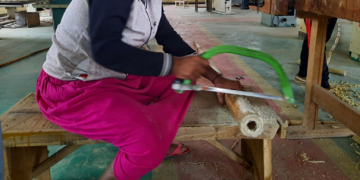Collecting information and data through studies on the contribution of socio-cultural practices to the revival of ecotourism in Comoé National Park.
Validation of a model agreement for access to sacred sites in the CNP with communities, in the presence of local authorities.
Signing of agreements with the communities of the villages of Bouna and Nassian for access to the PNC as part of the worship of sacred sites.
Mission to monitor the implementation of agreements for access to the PNC in connection with the worship of sacred sites in the Bouna and Nassian sectors, and to scale up to all villages on the outskirts.
Mid-term assessment of the implementation of the OIPR DZNE - riparian villages agreements for access to the PNC in the context of the worship of sacred sites
